Our Most Recent Posts:
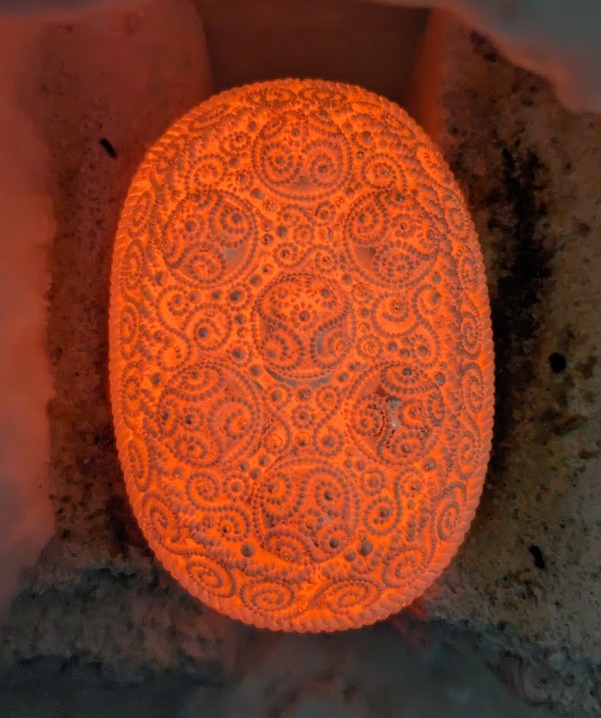
A few years ago, I stumbled across the silver filigree brooches found in Chamber Grave V, in the Viking age burial site at Hedeby, and was struck by their exceptionality; the vast majority of contemporaneous brooches being cast bronze.
Read More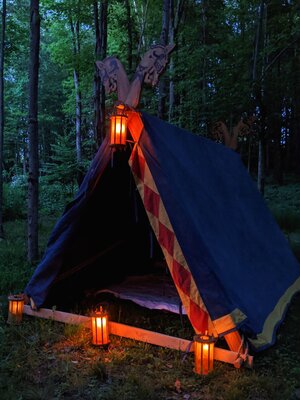
In 2020 we purchased a home (not to mention the pandemic aproductivity putting a strain on life), so this project was sadly pushed to the backburner for some time, until I completed pressing renovations around the home.
Read More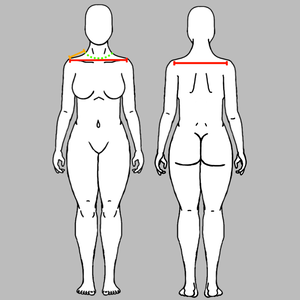
Recently, I became aware that the video series I had previously used to construct garb was removed by the author; due to the incontrovertible misappropriation of medieval Scandinavian imagery, religion, etc. by white supremacists—particularly following the 2021 riots at the US Capitol. While her decision to shift interests is more than understandable, her videos were the best example of Viking age dress construction I’ve able to find.
Read More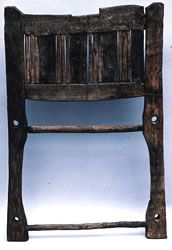
Short post! I needed some sort of camp/court chair for SCA stuff, so I started looking around for viking-age chairs to reconstruct. The vast majority are three to four-legged stools, a few are box-style (and would end up being pretty heavy), and lastly I found a singular example of a find that was much more familiar to modern eyes. The original survives only as the chair-back, but seating and tables have changed very little over history, and it’s quite easy to imagine what the completed chair would look like. The original dates to 1000-1050 AD, was found in Lund, Sweden, stands at 75 cm high, and is made of maple and beech. According to a photocopy from an unknown book, the back was previously interpreted by one or both of the references below (wow citation needed much?) as a “bishops throne”, but given the “context [of the find] is essentially secular” this has been disregarded—a raid spoil maybe, or another case of viking absorptive cosmopolitanism?
Read More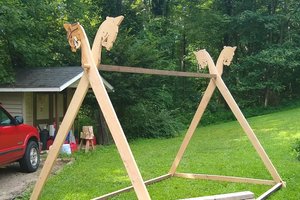
Unfortunately, many of the “great” finds of the viking age were excavated in the 19th century, and by inattentive archaeologists. One such excavation that suffers from poor documentation is the ship-burial found at Gokstad, Sweden. Fortunately, however, unlike the tent finds from the Oseberg burial, the tent’s poles have survived conservation attempts relatively well, but information about them is scant. The tent survives as four supporting poles; the cross beams and pegs have not survived, or—due the the rather remarkable state of preservation the surviving poles are in—were likely buried elsewhere along the ship and never identified.
Read More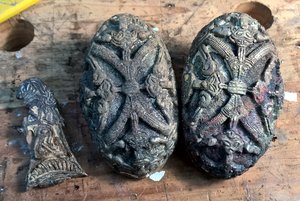
Viking-age bronzes are some of the most iconic works surviving from the era. The excellent preservation of detail—compared to stone and iron—as well as the staggering number of bronze artifacts found, gives wonderful insight into viking-age art; its diversity, beauty and complexity.
Read More